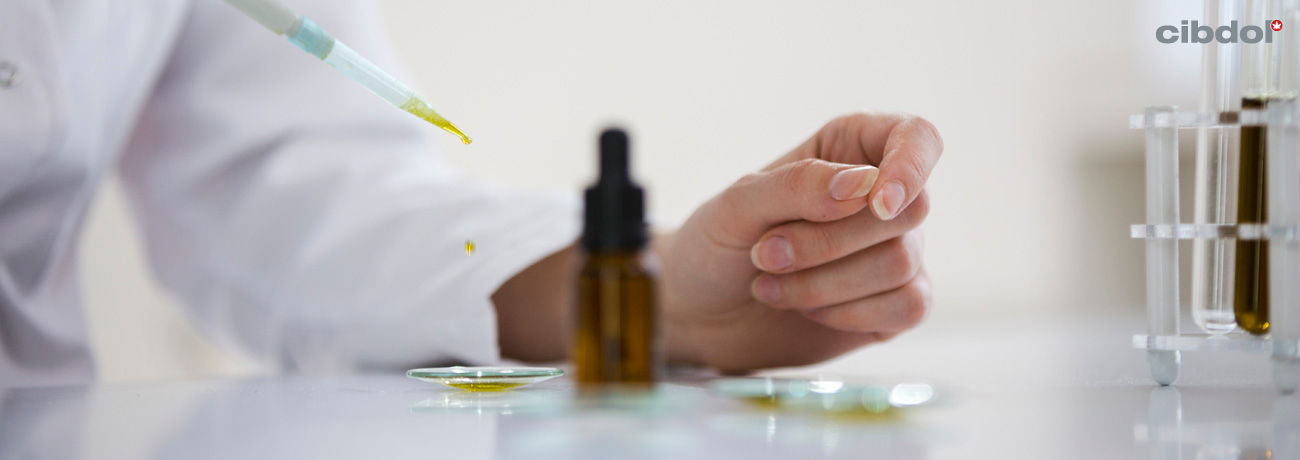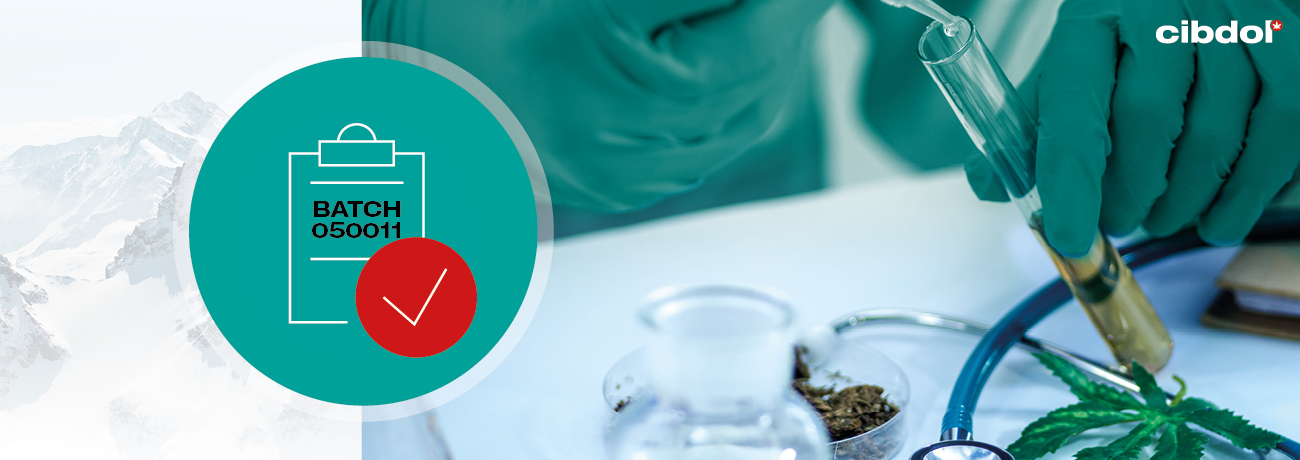How Is Our CBD Oil Tested And Analysed?

At Cibdol, we pride ourselves on the quality and purity of our CBD products. It’s easy for a company to claim that they test their CBD and leave it at that, but we want our customers to rest easy knowing that every CBD product from Cibdol has been thoroughly analysed and tested. In this article, we’ll explain why we test our products, where we do it, and how we do it.
Why we test our CBD oil
We want our customers—you—to be confident that you’re receiving clean, safe, and high-quality CBD oil. Our oils are made to the strictest European manufacturing standards using naturally grown hemp and state-of-the-art CO₂ extraction technology. They are free of additives, chemicals, and impurities. It’s one thing to say this, and another to show it.
When shopping for Cibdol CBD oil, you’ll notice two sets of test results: heavy metals analysis and CBD batch analysis.
The heavy metals analysis shows the level of these contaminants within every single batch of our CBD oil—as displayed by the batch number in each file. This test shows that our products fall in line with the European Pharmacopoeia in regards to lead, cadmium, and mercury volumes.
The CBD batch analysis shows a batch-numbered cannabinoid test report. The sheet displays the sample name, sample type, and the date tested. There is also a table featuring the volume of all the cannabinoids present within our oil. You’ll notice a high number next to CBD, and detectable amounts of CBG.
However, most other significant cannabinoids—including THC—fall below the limit of measurement. The data for THC is particularly essential for users concerned about CBD oil products with THC levels that break the legal threshold. The minute levels of THC within our oils won’t produce any psychoactive effect.
Cibdol also provides a terpene oil analysis. Our CBD oils are golden in colour. This is because our extraction techniques remove impurities such as chlorophyll and lipids. However, we make sure that the terpenes are left behind. These aromatic molecules are theorised to synergise with cannabinoids[1] such as CBD, and therefore have a place within all of our oils. Test results can be found on the CBD Oil Analysis page. The datasheet shows levels of terpenes such as α-pinene, β-pinene, β-myrcene, and d-limonene in parts per million (ppm).

With our comprehensive array of tests, customers know exactly what they are getting in every bottle.
Brightlabs — Where we test our CBD oil
All of our CBD oils are tested by Brightlabs, a nonprofit initiative that studies cannabis and its constituents. The foundation was set up to respond to the surging demand for analysis of hemp and cannabis samples.
How our CBD oil is tested
The Brightlabs team tests the cannabinoid content of our oils using high-pressure liquid chromatography (HPLC). Cannabinoid acids such as THCA and CBDA are converted into THC and CBD when heated. HPLC doesn’t use heat to extract cannabinoids, and therefore offers a more accurate measurement of the contents of our products.
In basic terms, HPLC works by pushing a solvent through a column filled with granular material. Each cannabinoid reacts differently to the granular material, which causes them to pass through at different speeds. The scientists are then able to measure the quantities of each cannabinoid as they arrive at the other end in a detector.
Brightlabs can measure quantities of cannabinoid acids CBDA, CBGA, and THCA, and cannabinoids CBD, CBG, THC, and CBN.
When it comes to detecting terpenes, the team measures oil samples using gas chromatography (GC). Like HPLC, GC works to separate molecules to allow them to be measured. GC vaporises the oil and separates the components in a column before detection takes place.
CBD oil testing improves quality control and customer trust
So, there you have it—an inside look at how our CBD oil products are tested. We hope our transparency has earned your trust. And remember, take a look at the PDF files to see the results for yourself!
[1] Russo, E. B. (2011). Taming THC: potential cannabis synergy and phytocannabinoid-terpenoid entourage effects. British Pharmacological Society | Journals. https://bpspubs.onlinelibrary.wiley.com/doi/full/10.1111/j.1476-5381.2011.01238.x [Source]
[1] Russo, E. B. (2011). Taming THC: potential cannabis synergy and phytocannabinoid-terpenoid entourage effects. British Pharmacological Society | Journals. https://bpspubs.onlinelibrary.wiley.com/doi/full/10.1111/j.1476-5381.2011.01238.x [Source]












